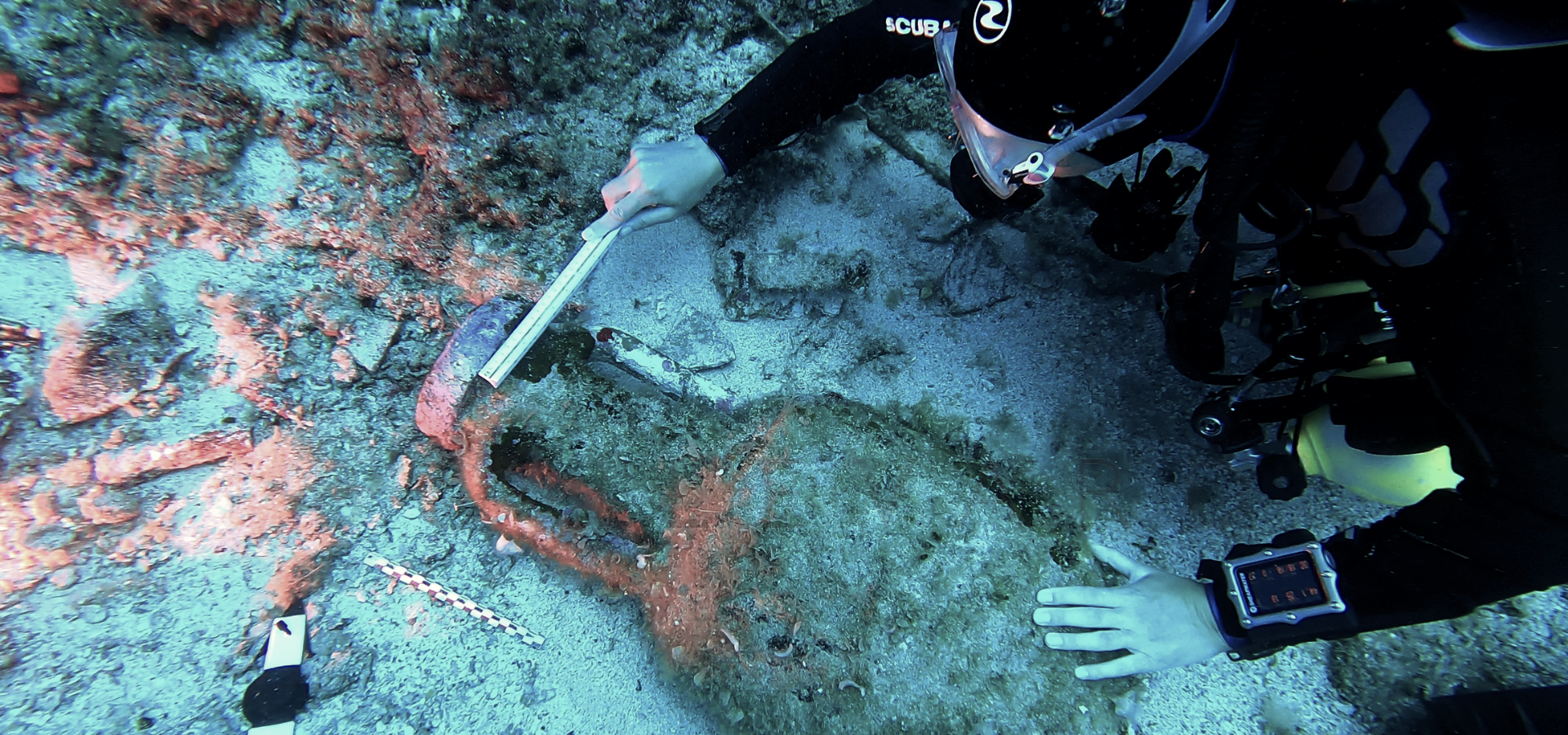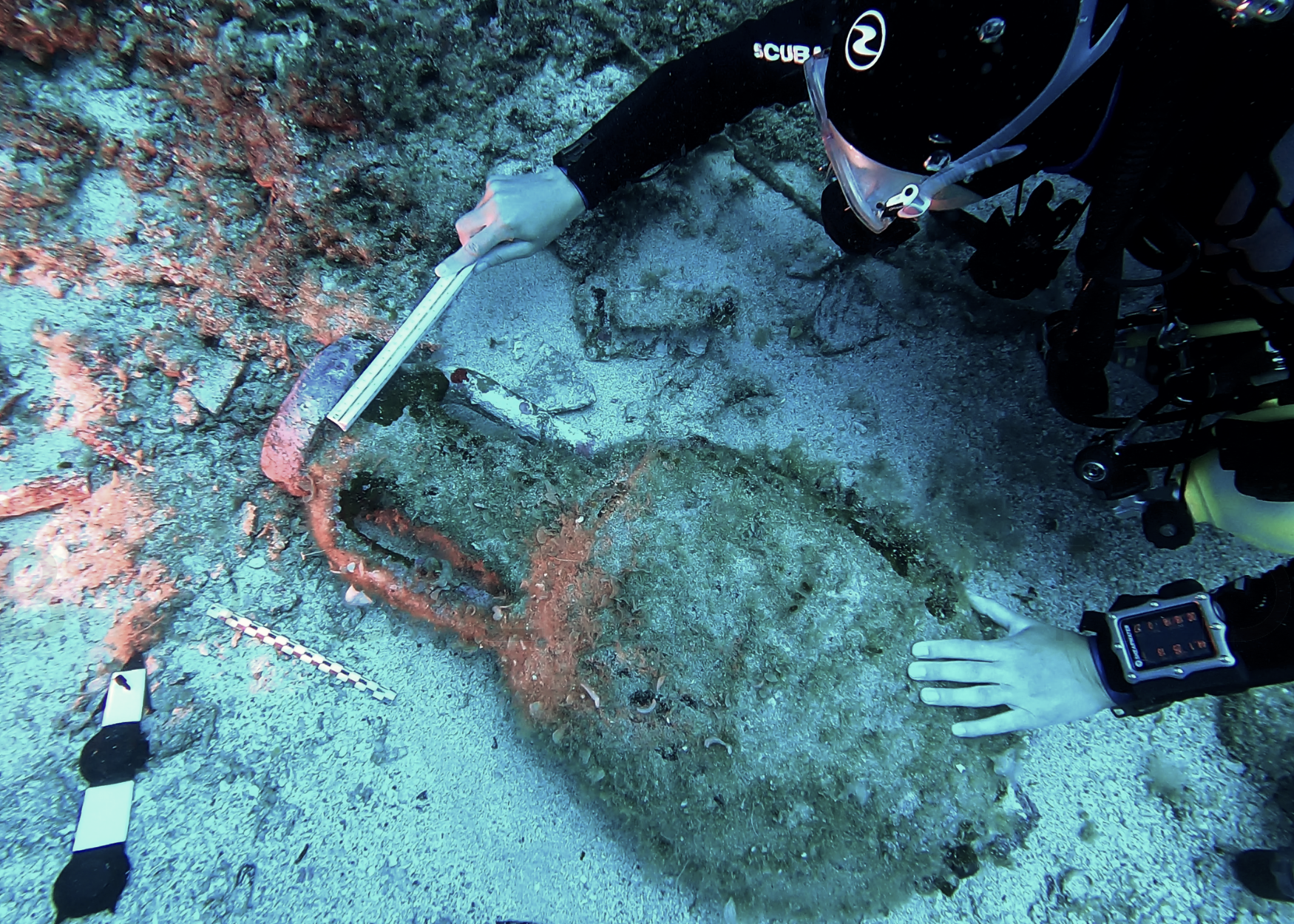Hublot Xplorations sets its sights on unraveling the history of the Antikythera shipwreck
If there’s one thing Hublot has always understood, it’s the beauty that lies in heritage. Since the Maison’s launch in 1980, it has continued to push the boundaries of Swiss watchmaking and what a modern timepiece could be. This, of course, started off with the introduction of polished and brushed gold and rubber into haute horology, presenting new ways of defining style and adaptability.
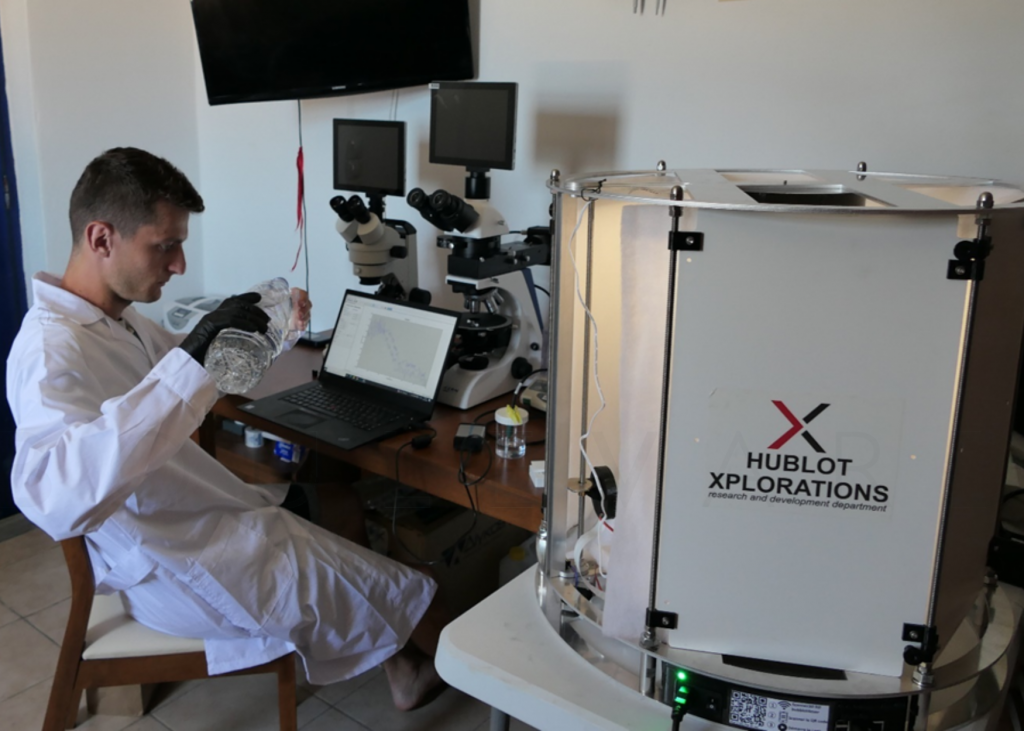
Although one might wonder what brings the Maison into the world of archaeology. Specifically, what does its Hublot Xplorations programme have to do with the site of Antikythera? Well, this deep-sea journey happens to mirror Hublot’s commitment to honoring the adventurous spirit and the origins of precision watchmaking.
Interestingly, Hublot’s expeditions into Antikythera began after the revelation of ‘Mankind’s First Calculator’ in 2008. As it turns out, the mechanism first found at the shipwreck had been one of the most remarkable discoveries ever made at the bottom of the sea. This contraption was discovered near the island of Antikythera and was later determined to be an astronomical calculator that used to predict the positions of the Sun and the Moon. The device can even depict the exact dates of the solar and lunar eclipses.
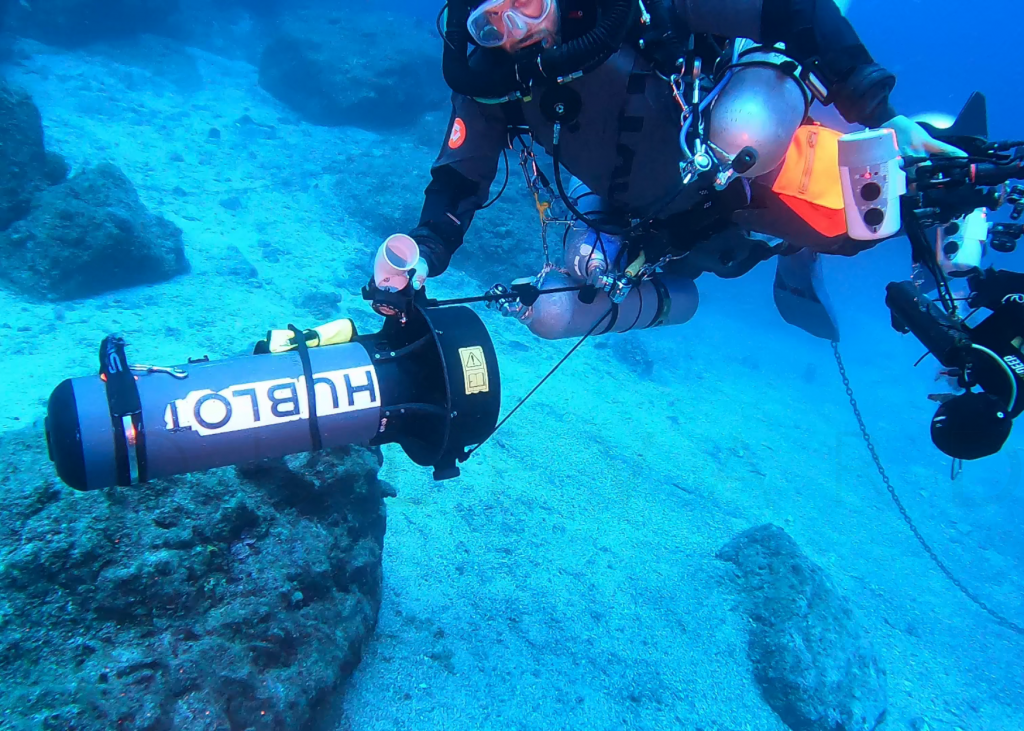
It was here that Hublot Xplorations was born, embarking on a journey to uncover more of the history of the Antikythera Shipwreck, as well as the possibility of finding another rare mechanism. The programme was simply a continuation of the original expedition project.
With this in mind, Hublot invested in learning more about the archaeological site. Headed by a team of engineers, It would end up discovering more than 300 artifacts, including ship components, human remains and 21 fragments of marble, 18 of which are parts of marble statues. There were also over 200 ceramic shards and a typology of common and unusual amphorae (an ancient type of vase used to store wine, milk and other produce) found during the expedition.
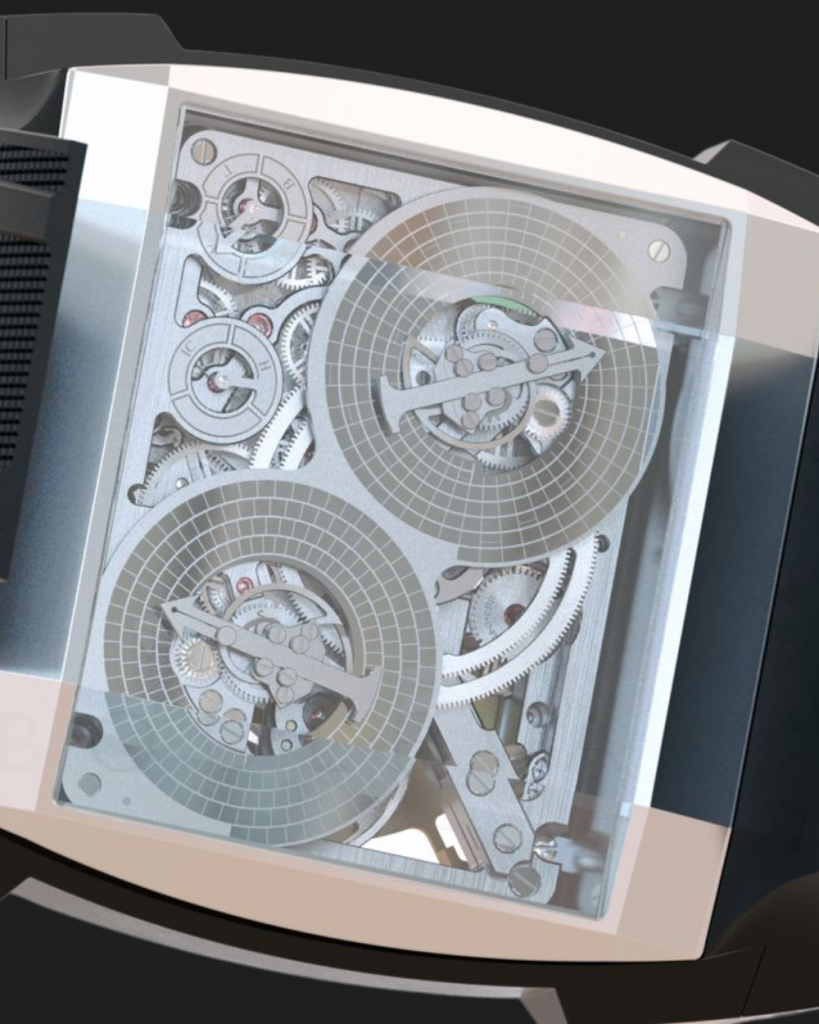
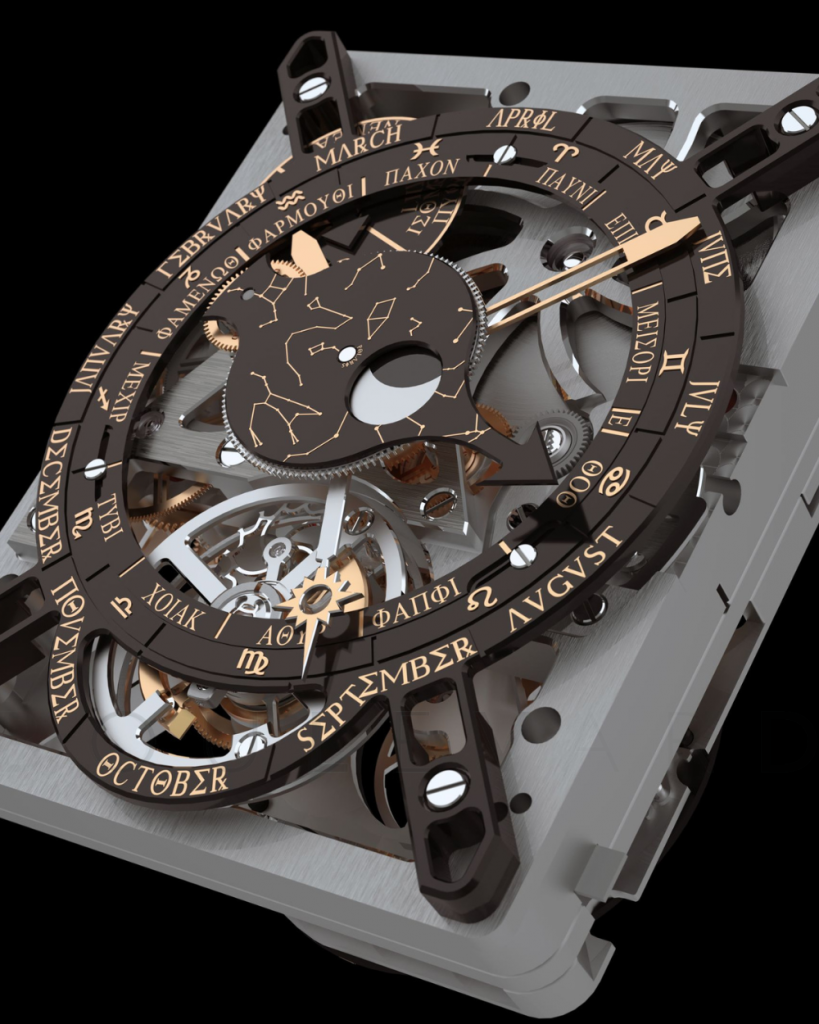
From its insatiable appetite for exploration comes Hublot’s Antikythera tribute, as well. Here, the Maison transposed the character of the site into the movements of four exceptional timepieces. With it comes a place among the world’s most prestigious museums, displayed right next to the discovered artifacts that came from the programme.
For more information on Hublot Xplorations, head to Hublot.
Read next:
